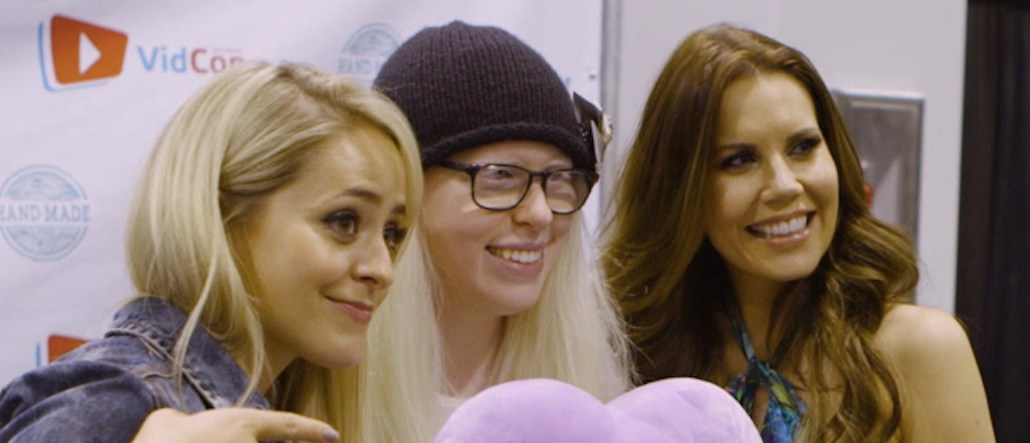‘It cannot be about money’: How emerging YouTube star Fleur De Force works with brands

YouTube stars have growing audiences and, with that, growing power with brands hungry to attach themselves to the stars’ close connections with fans. For the influencers, however, that’s led to a delicate dance of being true to their followings while also doing work with brands.
Take beauty video blogger Fleur De Force, who is set to get a boost this week as one of a series of YouTube stars profiled in All 4’s “How To Be Internet Famous” series, created by Spirit Media. The London-based De Force’s 1.3 million subscribers skew a little older than the average YouTube star, with 85 percent over 18 years old. De Force is an emerging star on YouTube, a far cry from the ranks of a PewDiePie, ranking the 19th-most-subscribed U.K. YouTube creator, according to Tubular Labs leaderboard.
De Force, who has been posting videos to YouTube for five years, is already a veteran of brand partnerships. She has partnered with brands like Starbucks, Coca-Cola, P&G and Sainsbury’s, featuring their products in her videos, as long as they aren’t a huge departure from her original content, she said.
“The top priorities to succeed have to be authenticity and passion,” she told Digiday. “It cannot be about money.”
In fact, one of her most popular videos, with 150,000 views, was a brand collaboration with Estée Lauder, a fashion-shoot style video where De Force is seen using the brand’s product, “Le Rouge” perfume.
The video was also upfront about its origins, prominently displaying “ad” in the title and disclosing the sponsorship in depth in the video description.
This transparent approach is in contrast to YouTube influencers who are more coy about their brand relationships. The video’s comments are mostly free of “sell out!” claims, although some offered mild critiques that the video’s editing made it feel more commercial and less like De Fleur’s regular videos.
“The response was 99 percent positive, which for the Internet is rare,” she said.
Influencer disclosure practices are in the spotlight as brands increasingly turn to YouTube, Instagram and Snapchat stars to reach young audiences. Recently, the U.K. ad trade bodies have clamped down on regulations around commercial partnerships between brands and creators. Clearer guidelines were published in August by the Committee of Advertising Practice (CAP). Oreo came under fire for not clearly labeling content as advertising.
The CAP Code states that when content is controlled by the marketer and not the vlogger and is written in exchange for payment (either monetary or free gifts), then it’s an ad and needs to be labeled as one before the viewer clicks “play.”
De Force welcomed the clarity of the guidelines on YouTube, noting that audiences are receptive to branded content as long as it’s disclosed and when it’s well-produced, as more brands’ budgets are available to boost the production quality.
But she said this clarity doesn’t extend to all platforms. She pointed out that Instagram, for instance, doesn’t have such specific rules on sponsored content. De Force discloses her brand arrangements on all platforms, but not all creators do.
“It’s still such a new industry,” she said. “We’re still in a process of learning.”
Images courtesy of Stylehaul.
More in Media

WTF is behind the explosion of faceless creators?
Brands are rapidly increasing their spending on faceless creators, showing the unique benefits of working with this type of influencer.

In Graphic Detail: As ‘Grow a Garden’ booms, a new report shows the marketing power of Roblox
The explosive growth of “Grow a Garden” has brought new attention to Roblox — and rejuvenated marketers’ interest in its advertising power.

Brand deals surge for golf creators as the sport’s popularity spikes
Golf is booming, and so is influencer marketing. As a result, golf creators are signing an unprecedented number of brand deals in 2025.





